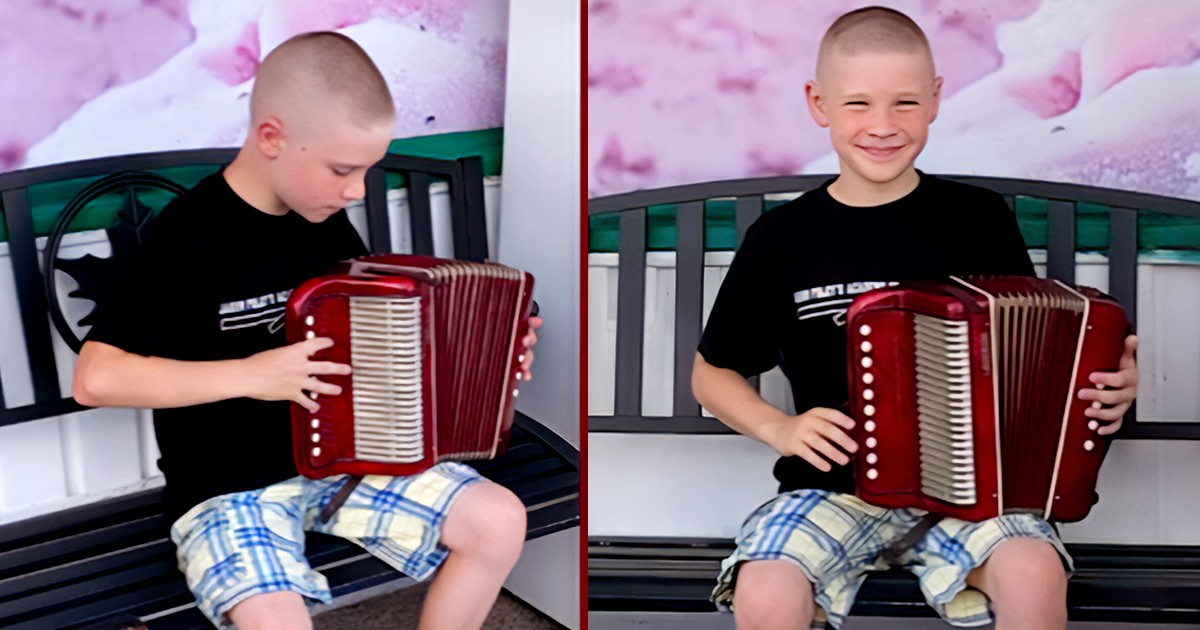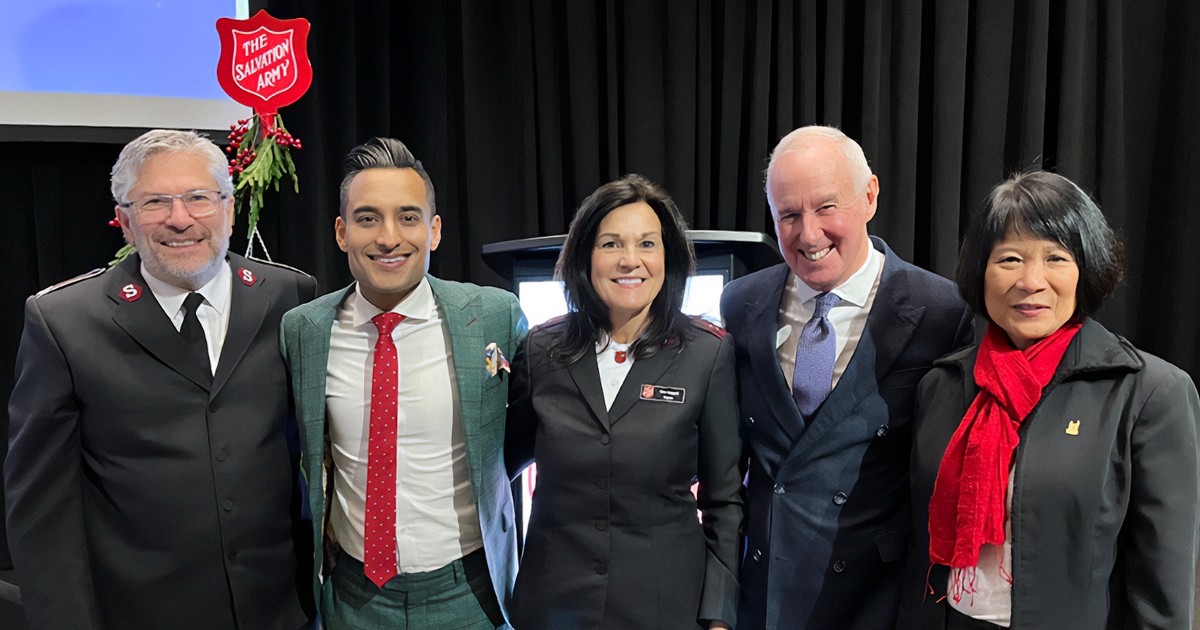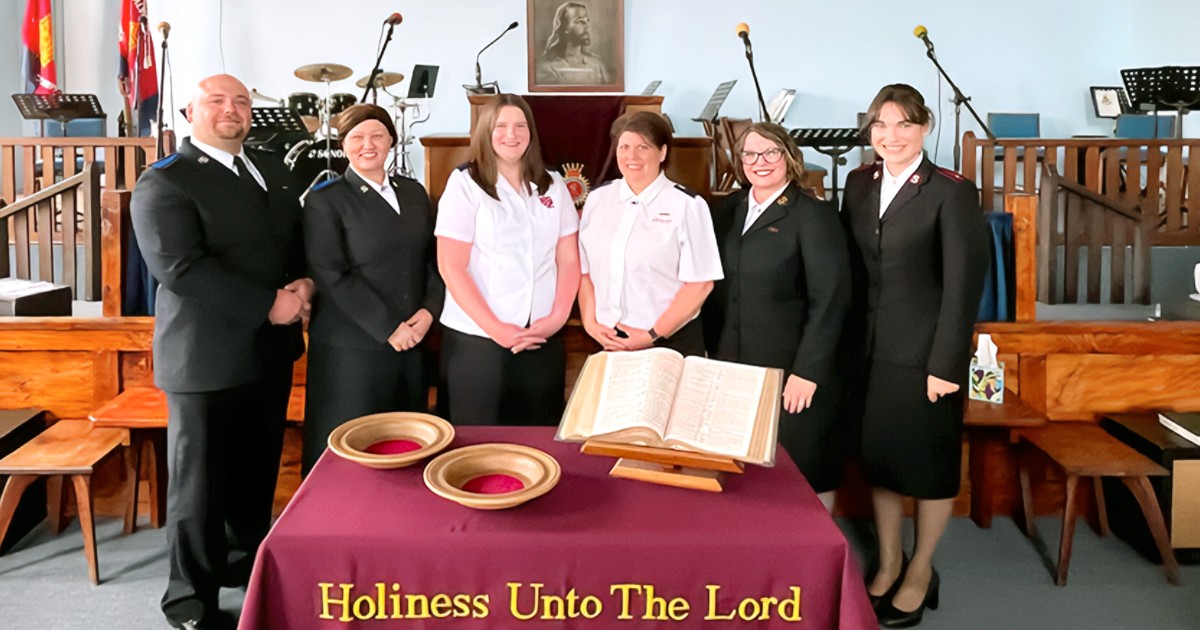It was a Sunday morning in Lent, and the parking lots of thousands of churches, including hundreds of Salvation Army corps, sat empty. Instead of band warm-ups and worship-team practices, a few solitary individuals set up smartphones and live-streamed their sermons to the faithful gathered in pyjamas in their living rooms. Overnight, the church moved online. “And just like that,” one officer exclaimed in jest, “we were all televangelists!”
As health officials cautioned against large social gatherings in a move to contain the COVID-19 virus and slow down a worldwide pandemic, Sunday worship meetings were cancelled. Ministry leaders are to be applauded for responding so quickly to these developments in creative ways, but despite the options to engage with one another through the wonders of modern technology, the new reality caused many to ask, “What is church? What is community?”
Writing for the Stanford Social Innovation Review, Drs. David M. Chavis and Kien Lee emphasize that, above all, community is about people. “Community is not a place, a building or an organization,” they write, “nor is it an exchange of information over the Internet. Community is both a feeling and a set of relationships among people. People form and maintain communities to meet common needs.”
Humans are, by nature, social creatures. Anthropologists, sociologists and the like have studied the importance of social interactions between humans and have concluded that our social nature is a defining characteristic of humanity. We are, in fact, hard-wired to connect. Neurobiologists have proven that when we experience social pain—a cruel word or public embarrassment—the feeling is as real as physical pain. Likewise, positive social interaction can be a healing balm.
None of this should come as a surprise to us. God was in the midst of creating the earth when, in Genesis 2:18, he says, “It is not good for the man to be alone.” We are created to be social; it is God’s plan for us to be in community.
In the same way, church is all about people. It is not a place, a building or an organization, nor is it an exchange of information over the Internet. Church is a set of relationships among people as a result of common attitudes, interests and goals, namely, to love God and to love others as we love ourselves (see Luke 10:27). The early church devoted themselves “to fellowship, and to sharing in meals … and met together in one place and shared everything they had” (Acts 2:42, 44 NLT).
So what happens when we are forced to once again be “alone,” as in the case of social isolation and quarantine?
Simply, and maybe a bit surprisingly, we lean into community even more than usual. Even as we are cautioned to do so from a distance, socialization increases as families come together through FaceTime and Skype, and neighbourhoods support the elderly and immunocompromised. Live music is played from balconies and porches, board games are played on screens and children send messages of hope with rainbow pictures in windows and scrawled on sidewalks with chalk.
And as we cease “going” to church, we focus even more on “being” the church.
United by a desire to support one another, Bible study groups have moved online. Small groups are established to maintain social connections. Prayer chains are formed. Care packages are dropped off on doorsteps, complete with devotional messages, treats and activities for kids. Creative online programs such as photo-scavenger hunts are bringing teens and families together. Meals are delivered to those in isolation. Food banks rally to distribute much-needed groceries while maintaining required distancing.
Despite the physical distance between us, we continue to connect. We continue to be a community. We continue to be the church.
Perhaps this time of distancing, when we can’t physically congregate together, reminds us all just how intrinsically connected we are. We need one another in a way that is God-designed. After all, it is not good for us to be alone.
May we never again take for granted the ability to gather together, to share a holy hug, to hold hands as we pray together or to lift our voices in unison in a chorus of praise. And when the dust settles and life returns to whatever new normal a post-COVID-19 world will look like, when we can all return to attending Sunday morning worship meetings, I hope we remember just how precious our faith communities are.
Captain Laura Van Schaick is the women’s ministries program and resource officer.
Photo: Daisy-Daisy / iStock via Getty Images Plus
As health officials cautioned against large social gatherings in a move to contain the COVID-19 virus and slow down a worldwide pandemic, Sunday worship meetings were cancelled. Ministry leaders are to be applauded for responding so quickly to these developments in creative ways, but despite the options to engage with one another through the wonders of modern technology, the new reality caused many to ask, “What is church? What is community?”
Writing for the Stanford Social Innovation Review, Drs. David M. Chavis and Kien Lee emphasize that, above all, community is about people. “Community is not a place, a building or an organization,” they write, “nor is it an exchange of information over the Internet. Community is both a feeling and a set of relationships among people. People form and maintain communities to meet common needs.”
Humans are, by nature, social creatures. Anthropologists, sociologists and the like have studied the importance of social interactions between humans and have concluded that our social nature is a defining characteristic of humanity. We are, in fact, hard-wired to connect. Neurobiologists have proven that when we experience social pain—a cruel word or public embarrassment—the feeling is as real as physical pain. Likewise, positive social interaction can be a healing balm.
None of this should come as a surprise to us. God was in the midst of creating the earth when, in Genesis 2:18, he says, “It is not good for the man to be alone.” We are created to be social; it is God’s plan for us to be in community.
In the same way, church is all about people. It is not a place, a building or an organization, nor is it an exchange of information over the Internet. Church is a set of relationships among people as a result of common attitudes, interests and goals, namely, to love God and to love others as we love ourselves (see Luke 10:27). The early church devoted themselves “to fellowship, and to sharing in meals … and met together in one place and shared everything they had” (Acts 2:42, 44 NLT).
So what happens when we are forced to once again be “alone,” as in the case of social isolation and quarantine?
Simply, and maybe a bit surprisingly, we lean into community even more than usual. Even as we are cautioned to do so from a distance, socialization increases as families come together through FaceTime and Skype, and neighbourhoods support the elderly and immunocompromised. Live music is played from balconies and porches, board games are played on screens and children send messages of hope with rainbow pictures in windows and scrawled on sidewalks with chalk.
And as we cease “going” to church, we focus even more on “being” the church.
United by a desire to support one another, Bible study groups have moved online. Small groups are established to maintain social connections. Prayer chains are formed. Care packages are dropped off on doorsteps, complete with devotional messages, treats and activities for kids. Creative online programs such as photo-scavenger hunts are bringing teens and families together. Meals are delivered to those in isolation. Food banks rally to distribute much-needed groceries while maintaining required distancing.
Despite the physical distance between us, we continue to connect. We continue to be a community. We continue to be the church.
Perhaps this time of distancing, when we can’t physically congregate together, reminds us all just how intrinsically connected we are. We need one another in a way that is God-designed. After all, it is not good for us to be alone.
May we never again take for granted the ability to gather together, to share a holy hug, to hold hands as we pray together or to lift our voices in unison in a chorus of praise. And when the dust settles and life returns to whatever new normal a post-COVID-19 world will look like, when we can all return to attending Sunday morning worship meetings, I hope we remember just how precious our faith communities are.
Captain Laura Van Schaick is the women’s ministries program and resource officer.
Photo: Daisy-Daisy / iStock via Getty Images Plus










Leave a Comment